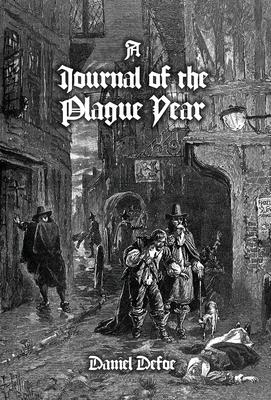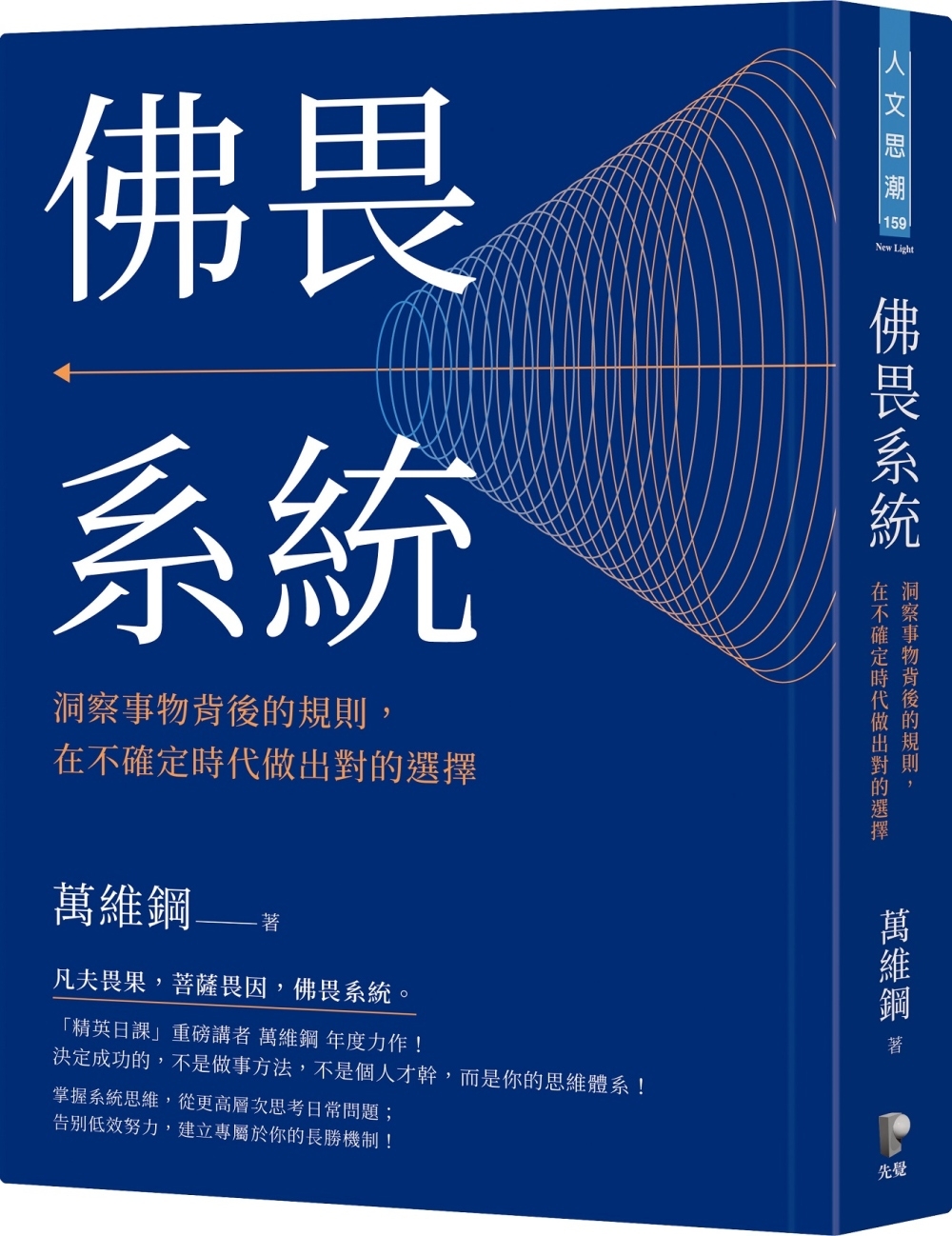In November 1664, rumours began winding their way through crowded, filthy, stinking alleyways about the death of two Frenchmen from the Plague at Long Acre. The plague had raged in Amsterdam with incredible violence the year before, as some still remembered, and it appeared to have its made to London by boat. At first, the family with whom the Frenchmen were staying, and then those who had caught the invisible contagion, attempted to conceal it, but soon enough the deaths began to mount, and the cat was out of the bag. Along with the disgusting buboes, the dead carts, and the secret mass graves, people’s fervid imagination snowballed too, conjuring all manner of horrors-about the symptoms, about the disease, about pestilential houses filled with rotting corpses-sweeping the city with a foul wave of paranoia and terror. Who had it? Was it in the air? Was it divine punishment? Whither could one flee? Defoe, who lived through these events during infancy, and apparently basing his narrative on his uncle’s diary, plus a variety documents, tells the story in the manner of a witness account. Its frightening immediacy makes it far superior, and vastly more engrossing, than Hodges’ formal, medically-focused volume on the same subject. In the end, the plague claimed over 68,000 lives, about a quarter of the city’s population. Sociologically and in terms of the official response, astonishing, sometimes tragicomical parallels, emerge in the mind of the modern reader, between what became known as the Great Plague of London of 1665, and the more recent coronavirus pandemic. There are occasions for eyerolls, anger, laugher, and contempt herein. It seems that although we know history, we are condemned to repeat it anyway.
| FindBook |
有 1 項符合
A Journal of the Plague Year: Being Observations or Memorials, Of the Most Remarkable Occurrences, as Well Public as Private, Which Happened in Lond的圖書 |
 |
A Journal of the Plague Year: Being Observations or Memorials, Of the Most Remarkable Occurrences, as Well Public as Private, Which Happened in Lond 作者:Defoe 出版社:Spradabach Publishing 出版日期:2024-04-11 語言:英文 規格:精裝 / 376頁 / 21.59 x 13.97 x 2.54 cm / 普通級/ 初版 |
| 圖書館借閱 |
| 國家圖書館 | 全國圖書書目資訊網 | 國立公共資訊圖書館 | 電子書服務平台 | MetaCat 跨館整合查詢 |
| 臺北市立圖書館 | 新北市立圖書館 | 基隆市公共圖書館 | 桃園市立圖書館 | 新竹縣公共圖書館 |
| 苗栗縣立圖書館 | 臺中市立圖書館 | 彰化縣公共圖書館 | 南投縣文化局 | 雲林縣公共圖書館 |
| 嘉義縣圖書館 | 臺南市立圖書館 | 高雄市立圖書館 | 屏東縣公共圖書館 | 宜蘭縣公共圖書館 |
| 花蓮縣文化局 | 臺東縣文化處 |
|
|
圖書介紹 - 資料來源:博客來 評分:
圖書名稱:A Journal of the Plague Year: Being Observations or Memorials, Of the Most Remarkable Occurrences, as Well Public as Private, Which Happened in Lond
|











